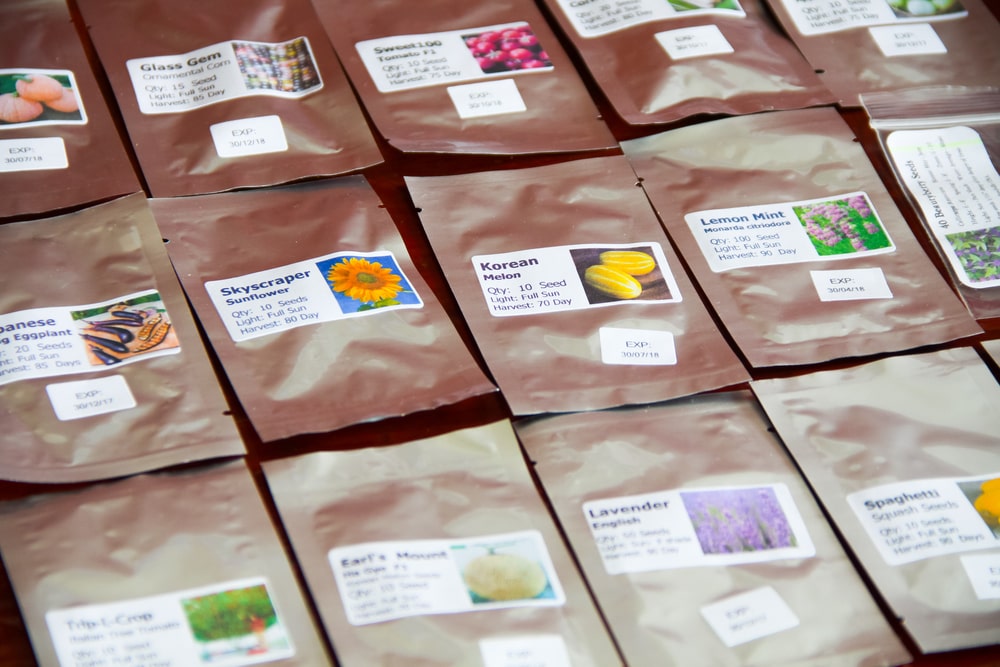Right now is a good time to start thinking about starting seeds for outdoor planting. Seed packets will tell you to start a certain number of weeks before our average last frost date. Some people will tell you mid-April is our last frost date. I’ll remind you that last spring we had SNOW after mid-April and a killing frost the end of April. I count back from May 1, just to be safe.
My favorite Cherokee Purple tomato suggest starting inside 4 to 6 weeks before the last frost that. That’s mid-March in my book. My favorite Poblano pepper says to start indoors 8 to 10 weeks before the last frost date. I’ll start those this weekend. I’ll start my impatiens this weekend, too.
When it comes to starting seeds indoors, there is a vast array of options to choose from. There are trays with individual cells for each seed that even come with their own greenhouse lid. There are pots made of compressed peat which means that later you can plant the pot and all in the ground. There are little pellets of compressed peat that expand when soaked in water. Later, plant the whole thing n the ground. All of these are easy and convenient.
You can always start seeds in leftover plastic pots or trays that you already have. If you do that, wash them thoroughly first. Whenever starting seeds in containers—whether pots, plastic cells or peat pots, be sure to use a special seed-starter soil mix. A seed starter soil is sterile, finely milled, and moisture retentive.
Many seeds germinate faster with bottom heat. There are a few exceptions—the back of the seed packet will tell you. You can buy special seed-starting heat mats that generate a constant low heat. I have sometimes set a tray of just planted seeds on the warm spot on top of the refrigerator. Once the seeds have sprouted, discontinue the bottom heat.
Almost all seedlings need light to perform well—the more light, the better. Even shade-tolerant plants like impatiens can take some sun in the seedling stage—starting indoors in February or March, the days are shorter than summer days and the sunlight is weaker.
If you lack a window that gets at least five to six hours of direct sun, you may want to consider artificial lighting. Plant lights need to be on 16 hours a day and should be about 18 to 20 inches away from the plants. Do follow the directions on the specific plant lights you bought, however.
Some seeds don’t need to be started indoors. Beans, peas, cucumbers, squash, and melons sprouts quickly and grow fast so should be directly sowed in the garden. Root vegetables like carrots, beets, turnips, and radishes, do not transplant well so should also be direct sowed. When in doubt, consult the back of the seed package.
I’ll be starting some of my seeds this coming weekend. It’ll be nice to think Spring, for a change. I’ve got my trays left from last year and a new supply of peat pellets; I’ve already selected my favorite varieties (as well as a couple of new ones) and I’m ready to go.
Now all I have to do is remember to shut the door to my spare room so the kitties don’t decide the trays make a nice sunny bed…
Stop by the GBGH to get the best selection of seeds! If you have questions, ask for me and I’ll be happy to answer all your questions so you can start growing seeds like a pro!


I’ll be looking forward to seed time!
So am I! Can’t wait to get out in my garden again!